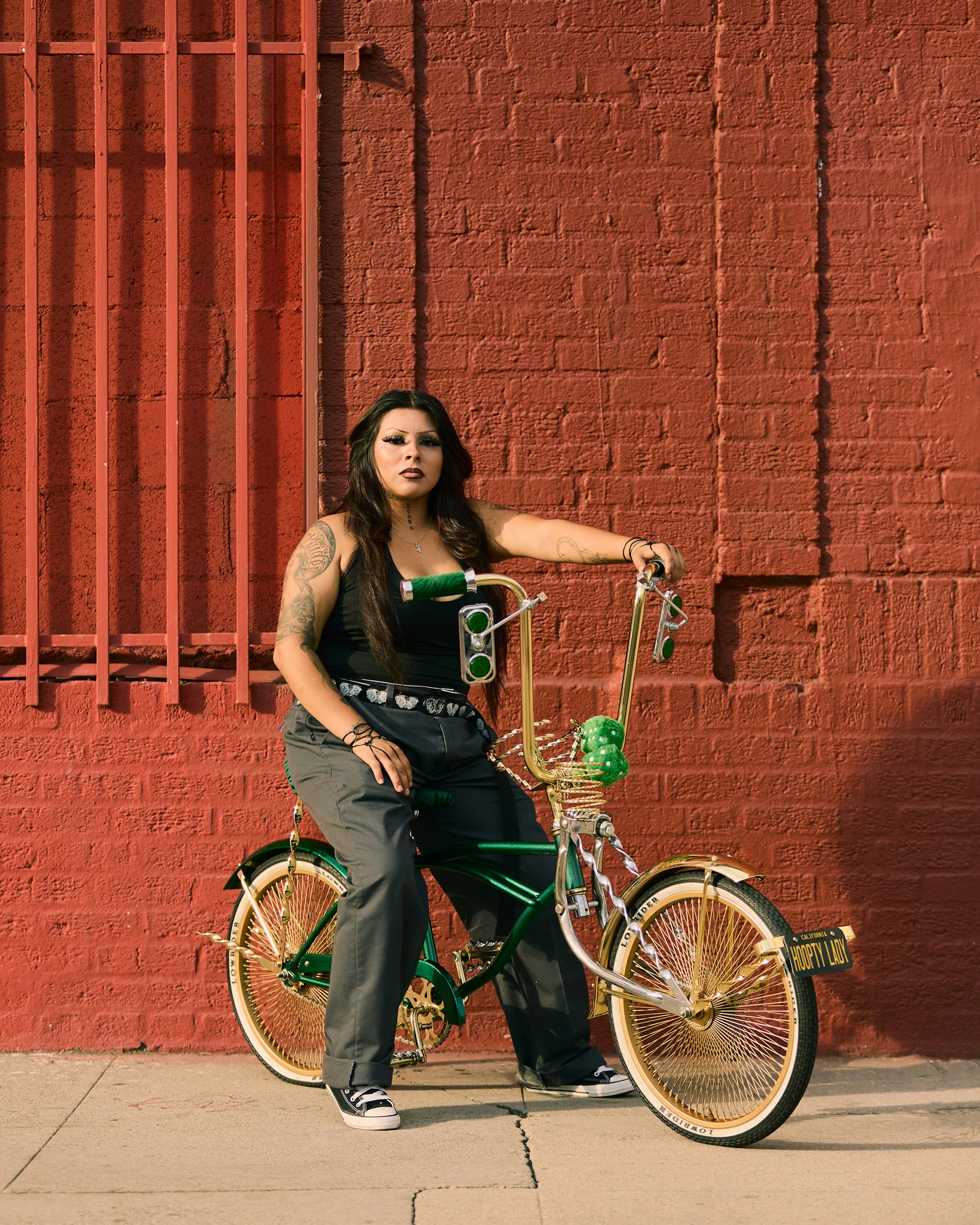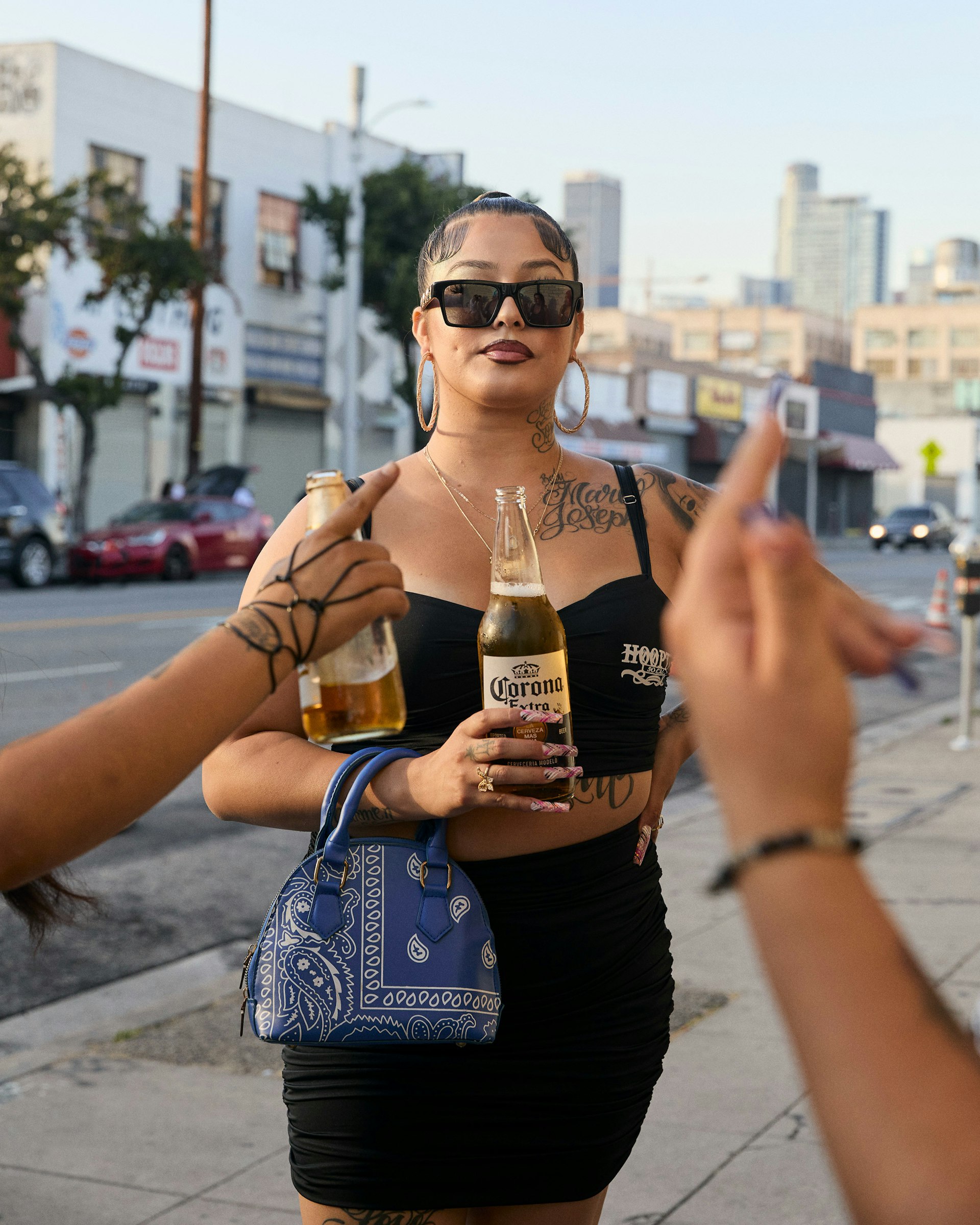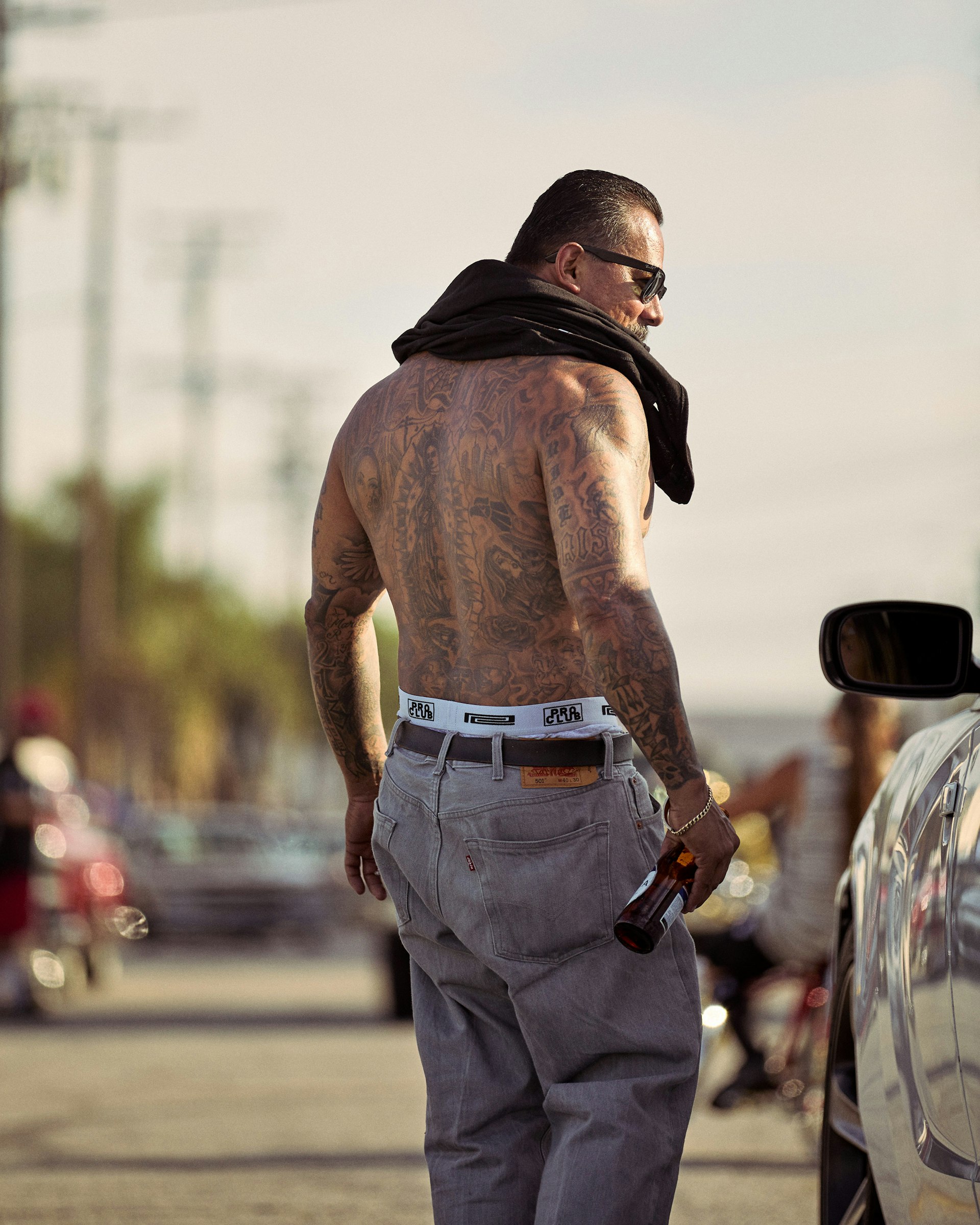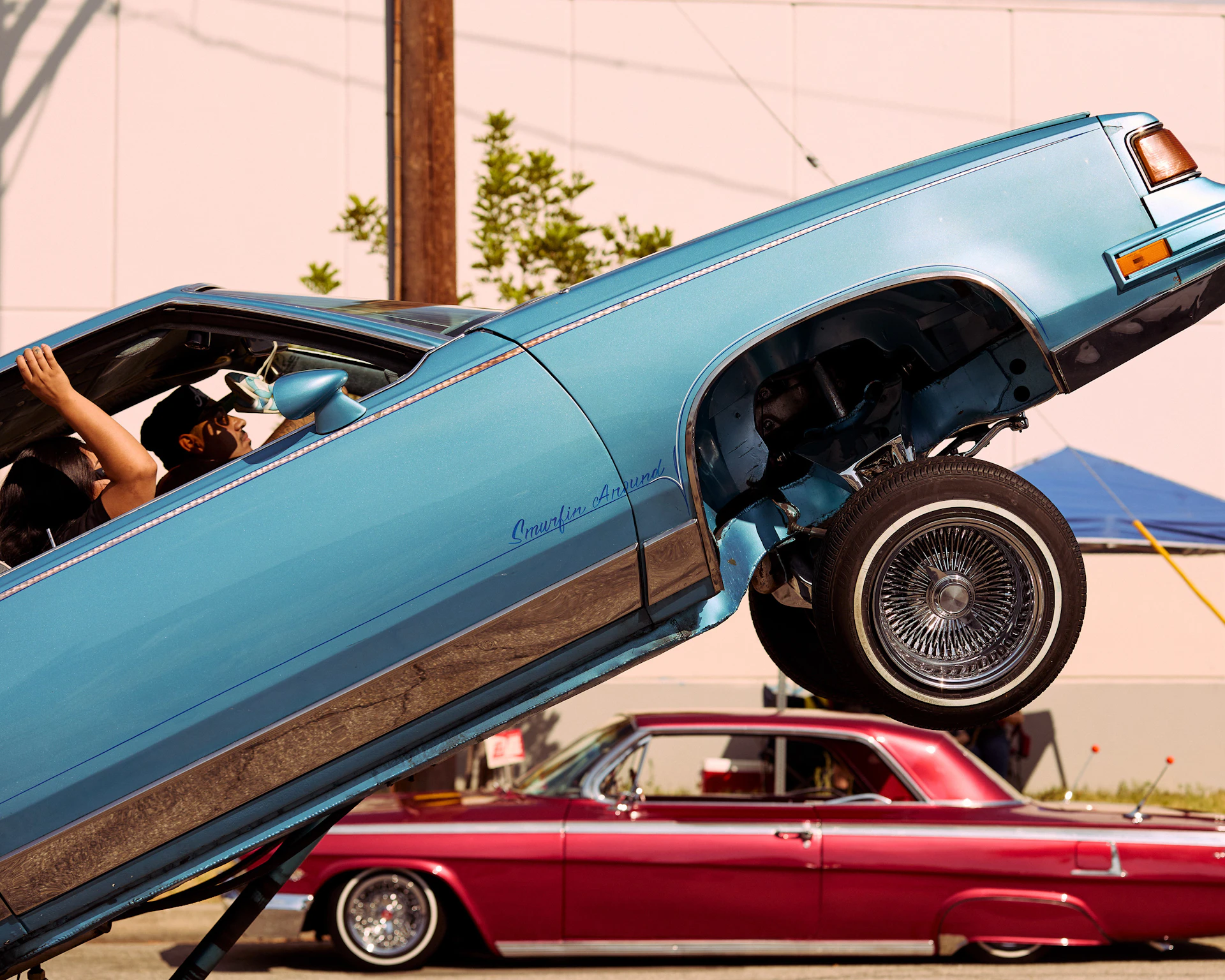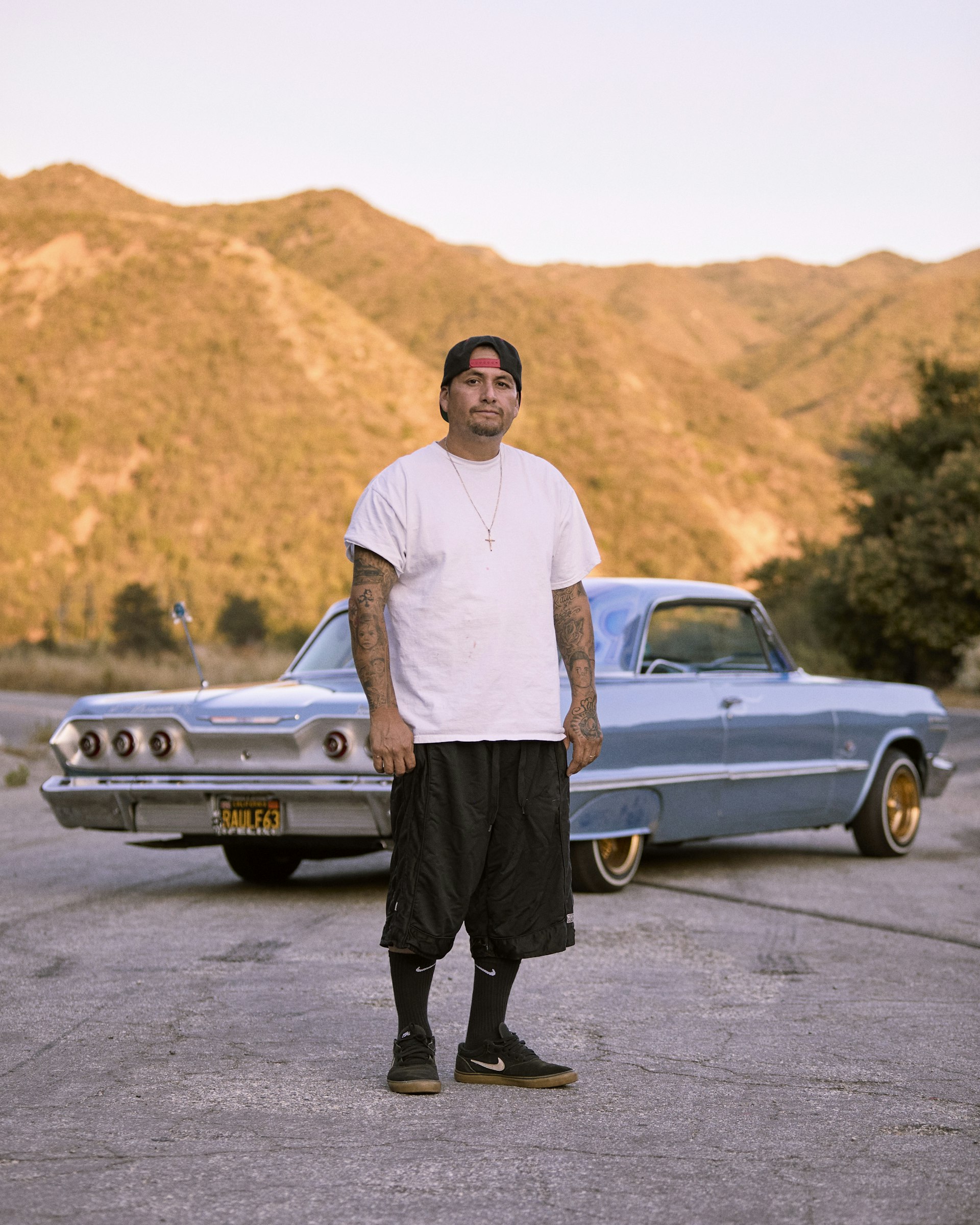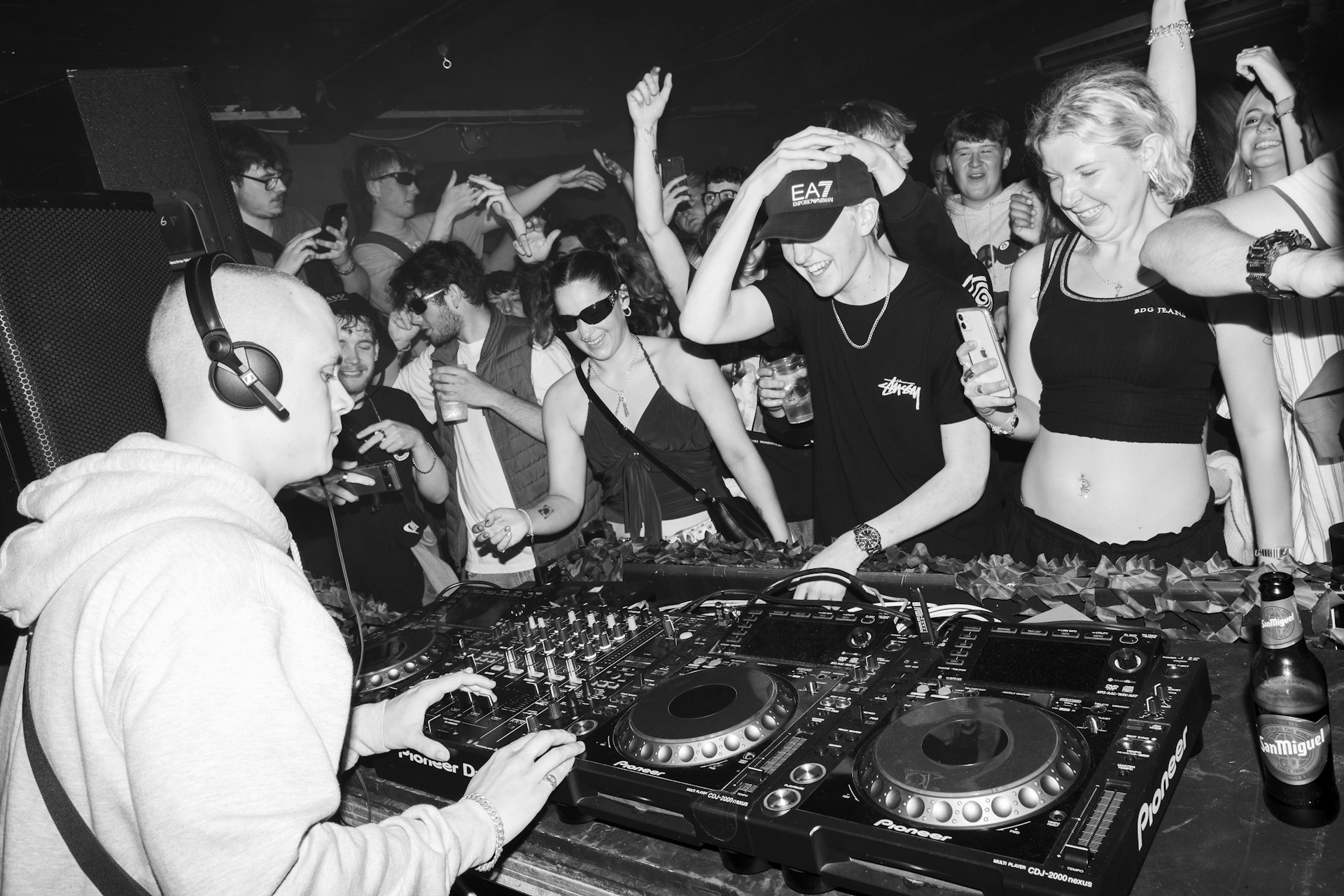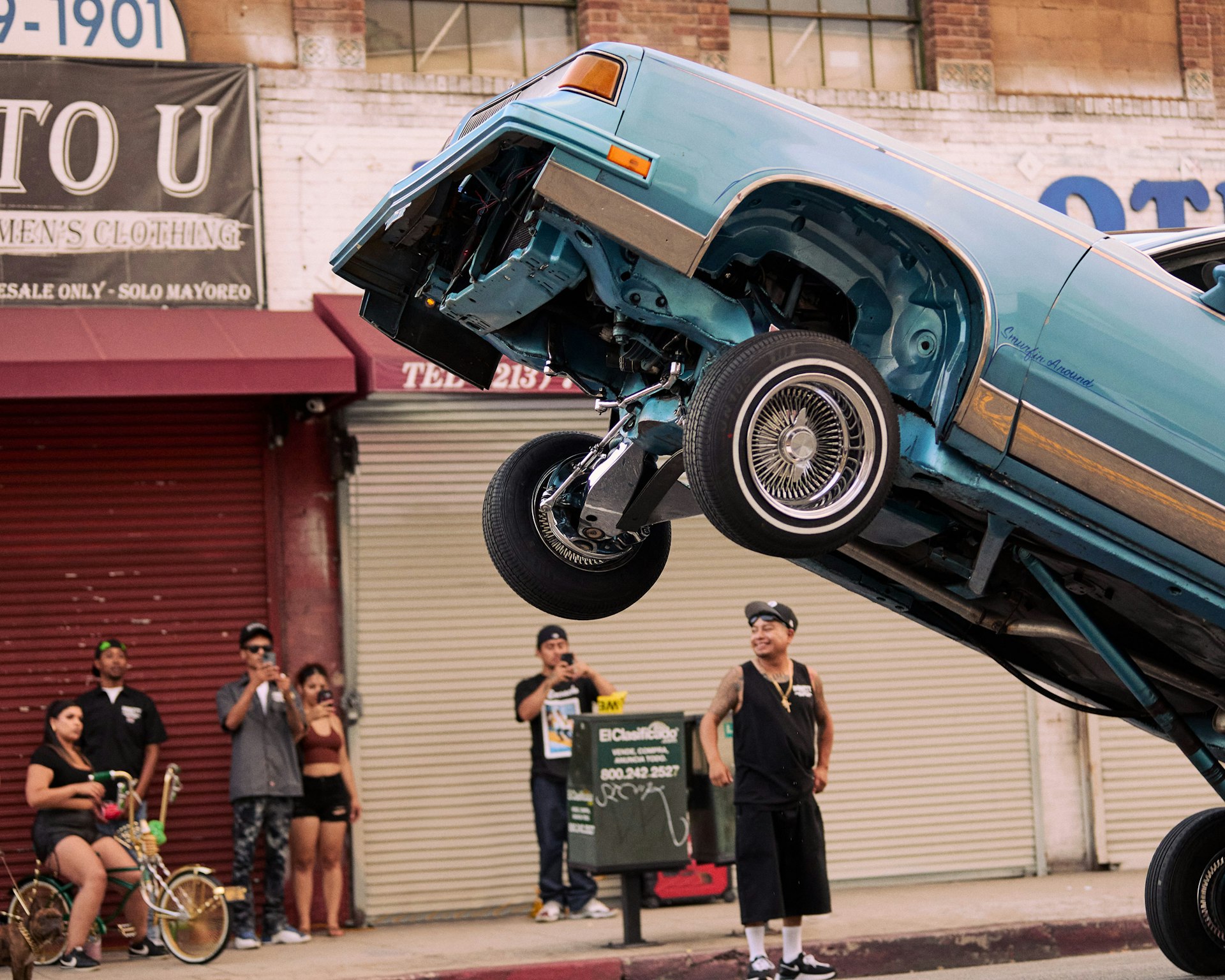
Vibrant photos of L.A.’s contemporary lowrider culture
- Text by Miss Rosen
- Photography by Owen Harvey
As a new generation of Mexican-American youth came of age in 1940s Los Angeles, they ushered in a new era of Chicano style and pride. Against the austere backdrop of World War II, they cut a distinctive silhouette in colourful Zoot suits, pairing long flamboyant jackets and baggy pegged pants with a long watch chain, Creeper shoes and porkpie hats.
As the decade came to a close, car culture signalled the arrival of a new phenomenon known as “teenagers.” On the streets of LA, these self-identified “pachucos” and “pachucas” introduced the lowrider: a customised car that cruised “low and slow” for the sole purpose of seeing and being seen.
Racist backlash from the state was swift as lowrider car clubs skyrocketed in popularity. On January 1, 1958, the California Vehicle Code introduced Section 24008, criminalising lowriders across the state and forcing the culture underground.
Decades later, in the ‘80s and ‘90s, a new generation of Southern Californians embraced lowrider culture, elevating it through music, fashion, film and art – but it wasn’t until 2022 that the California State Assembly finally passed a resolution to repeal the bans.
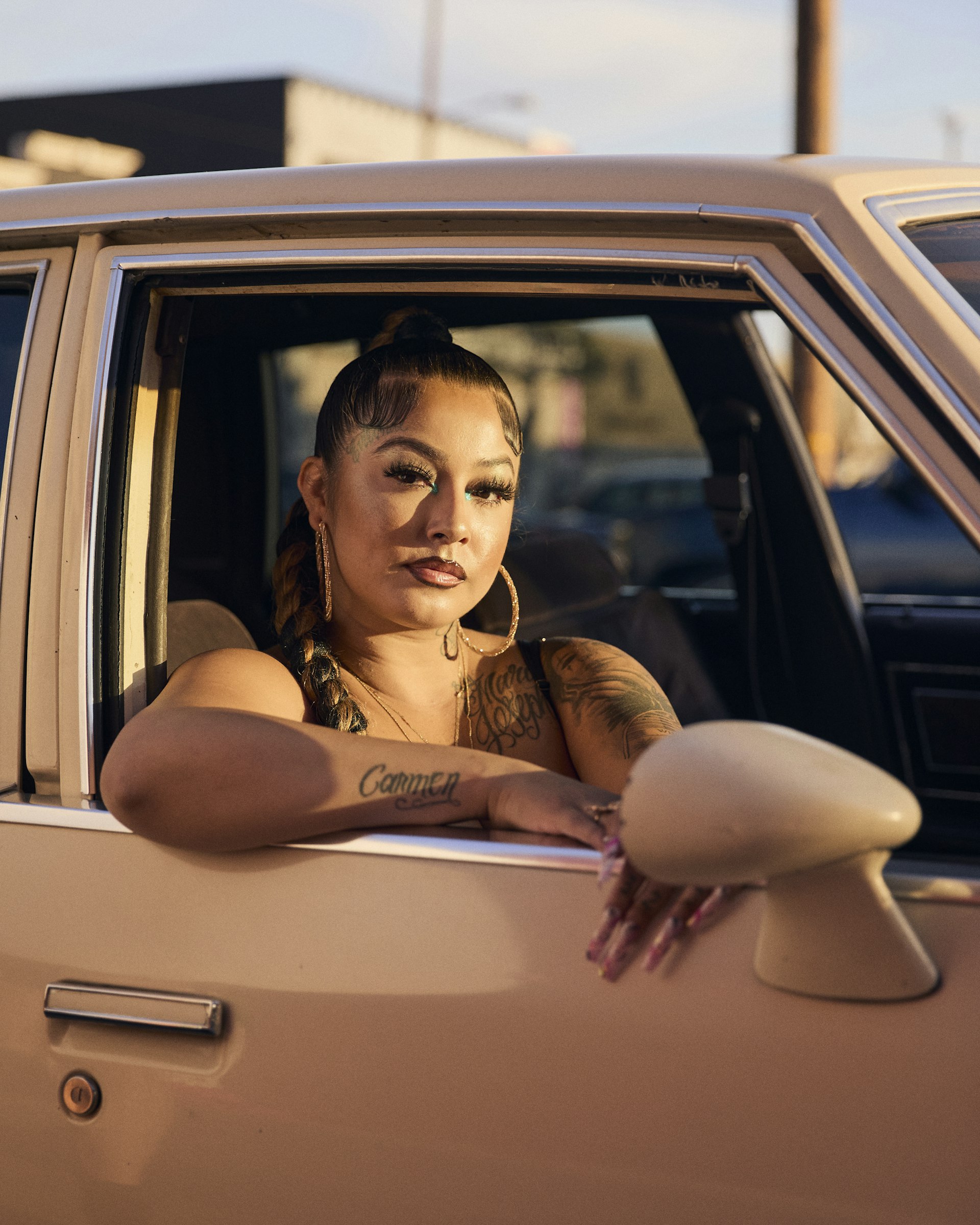
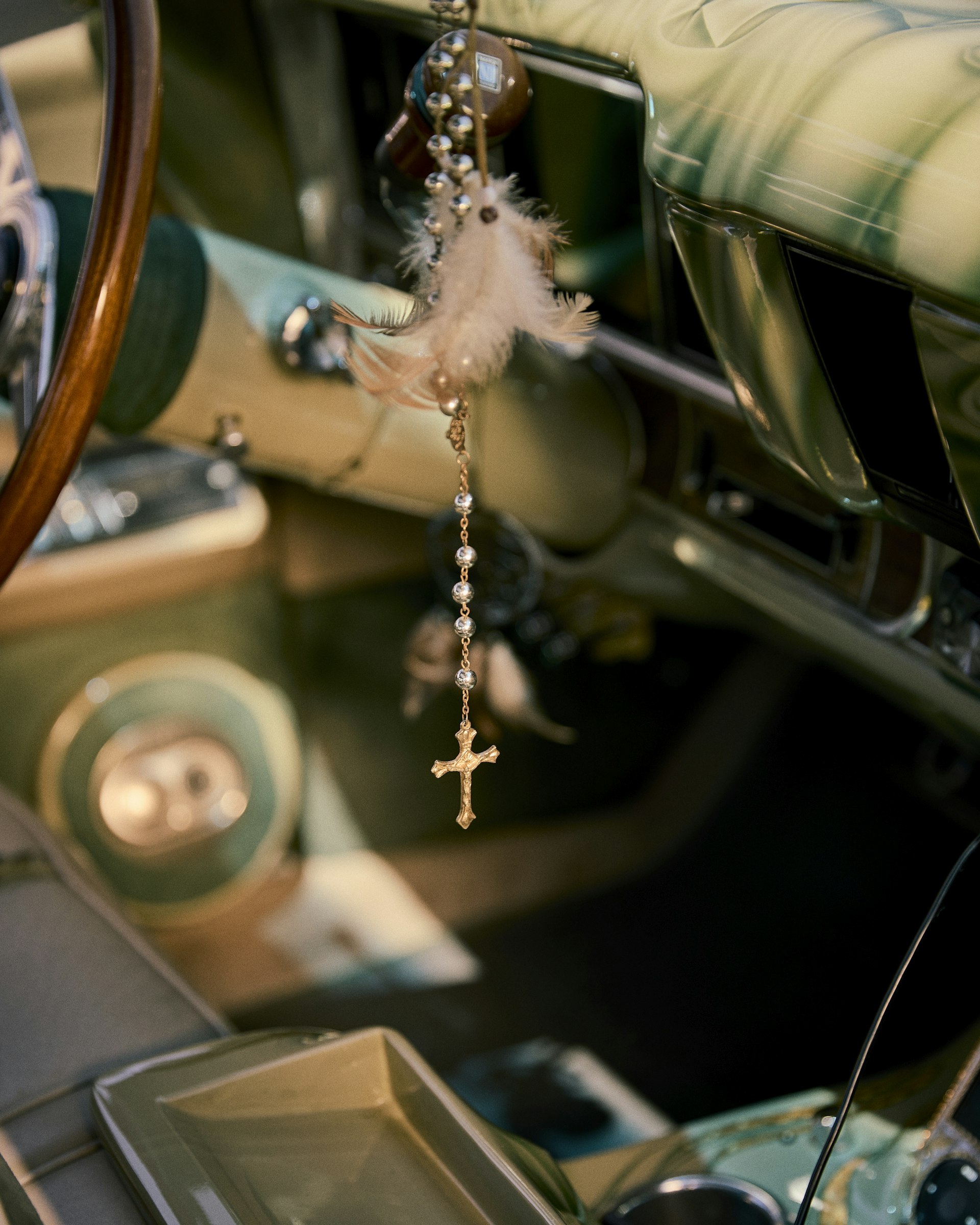
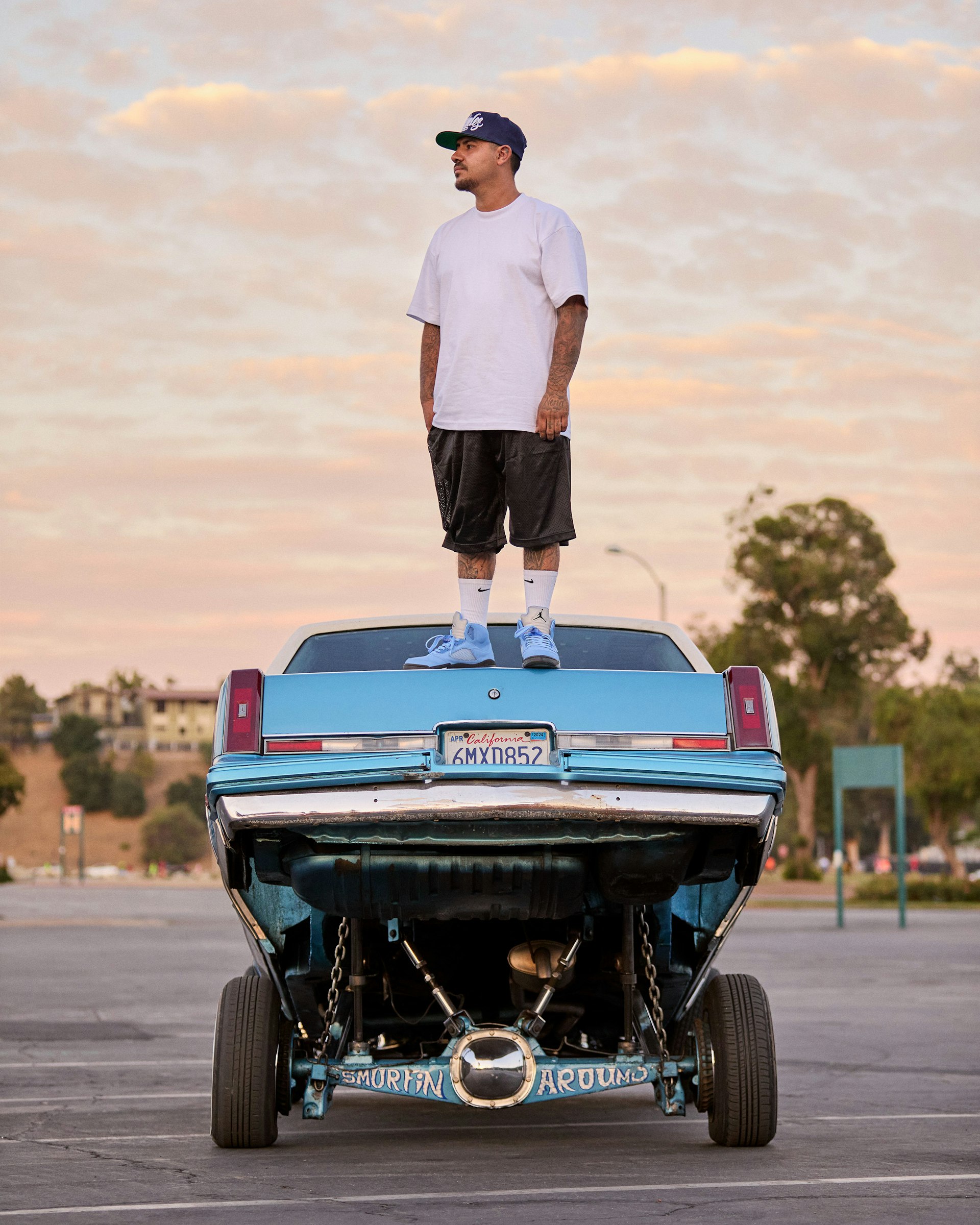
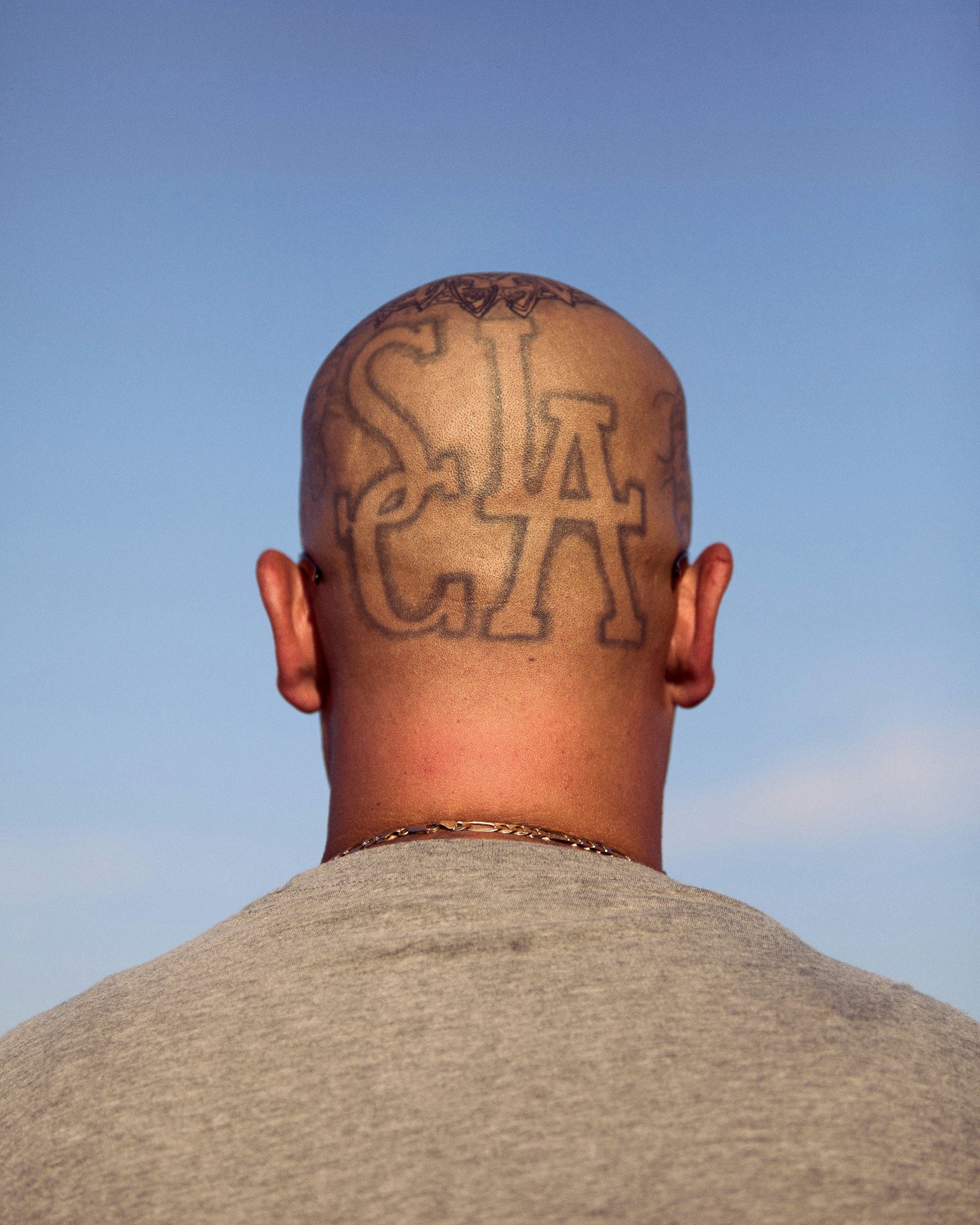
This July, British photographer Owen Harvey traveled across Los Angeles to document the contemporary lowrider scene for “Ground Clearance,” a series of photographs made in neighbourhoods like Boyle Heights, Venice Beach, Pasadena and Downtown LA.
Growing up in the ‘90s, Harvey was first introduced to lowrider culture through West Coast hip-hop artists like Eazy-E, Cypress Hill, Dr. Dre and Snoop Dogg. “Their ability to tell stories through their music, the style and the lowriders were all amazing to me,” says Harvey, who has long been a devotee of car culture.
Whether photographing lowriders, skinheads, mods, bullfighters, or Imams, Harvey is drawn to the ways people express their identity within the larger group. For “Ground Clearance,” Harvey initially connected with Stacks and his son, Lil Stax, whose shared love of lowriding reveals the deep rooted family ties that lie at the heart of the community.
“Stacks’s role is first a foremost a father to his children and lowriding has been used as a positive outlet and shared bond,” Harvey says. “Lil Stax is the president of lowriding bike club, which is a big part of the scene for the younger generation who can’t yet drive or afford a car. They were both very welcoming and introduced me to other clubs and solo riders.”
As Harvey made his way through the scene, he was warmly welcomed and embraced, sharing meaningful moments of connection with people from all walks of life. “There are teachers and health care workers involved, as well as former gang members who have used the strong family element of lowriding as a positive force to change their lifestyles,” he says.
“Lowriding offers individuals a way of expressing their identity and gives them a strong voice that says, ‘Look at me, here I am. This is the group I belong to and this is what I represent.’ It’s a privilege to be allowed into someone’s life and trusted to represent them in photographs.”
Follow Miss Rosen on Twitter.
Enjoyed this article? Follow Huck on Twitter and Instagram.
